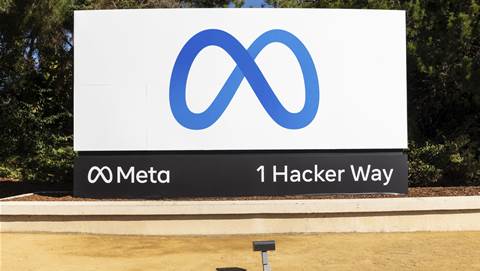Rio Tinto is working on "Google meets minerals" systems in a bid to bring massive computer-powered search to the recovery of minerals from rocks.

The miner has begun developing systems that are capable of recognising which rocks contain precious minerals.
Head of innovation John McGagh likened the challenge to extracting blueberries from a muffin, where the berry is an analogy for the mineral and the muffin is the ore body around it.
"As that ore body gets broken apart, some rocks will contain what you're looking for and other rocks won't," he said.
The company's research and development around minerals processing has led to an umbrella platform, Excite Detect Separate (eXDS).
Two systems currently under eXDS target better recovery of copper and iron ore from rocks. The systems are known respectively as Copper-NuWave and IronX.
"All eXDS platforms share a common capability of enabling the upgrade of marginal quality ores, including the ability to reclaim ore from current waste piles, and the upgrade of current ore feeds to produce a better product," the miner noted in a whitepaper earlier this year (pdf).
"They also have in common a reduced energy requirement and therefore improved process efficiencies."
McGagh told iTnews that Rio Tinto was trying to take systems that were typically used in the waste treatment and food industries and "massively scale" them up to "detect whether [a] rock has what you're looking for in it".
"It's really the digital world clashing with the mineral world in that we've used mother nature's yardsticks to separate minerals in the past — [for example] gravity — whereas now we're actually using digital signals to probe [for] what we want at these massive volumes," he said.
"You're energising the object [a rock], you're sensing the object, you're then actually doing a logic check on the object which ultimately ends up in a one or zero — one, I keep it, zero it goes to waste, whichever way you want to run the logic.
"You're dealing with hundreds of thousands of objects a second. It's where Google meets minerals."
McGagh said that "massive parallel firmware-based systems" would be required to generate the "computing horsepower" needed to detect minerals in rocks as they were sorted.
The company hoped its work would answer questions of whether it could "recover more out of more complex and scarce minerals" and "reduce the energy footprint as we process these minerals".
Though McGagh was confident that Rio Tinto could "make it work", it was still a question of at what scale.
"The scale is what we're working on at the moment," he said.


.png&h=140&w=231&c=1&s=0)








 iTnews Executive Retreat - Security Leaders Edition
iTnews Executive Retreat - Security Leaders Edition












_(1).jpg&h=140&w=231&c=1&s=0)



